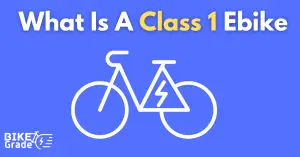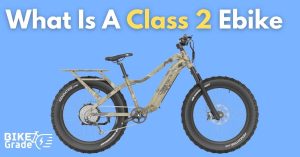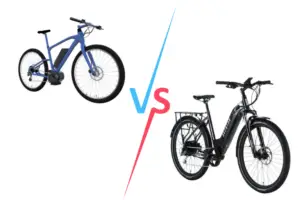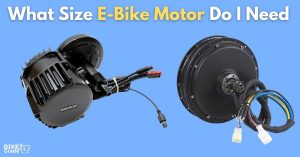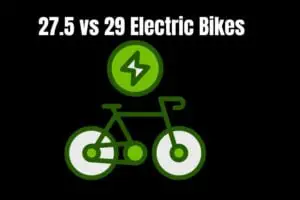What Is Pedal Assist E-Bike? – A Complete Guide
At the beginning of the ebike revolution, most of them came with throttle mode. But the extra spice was added when Japan introduced the pedal-assist mode in e-bike in 1993. It was a game changer in the world of e-bikes with its better range, simple control, and easy workout opportunity.
But what exactly is a pedal-assist e-bike and how does it help improve your riding experience? To help you get a proper and clear idea about pedal-assist e-bikes, I have brought this guide.
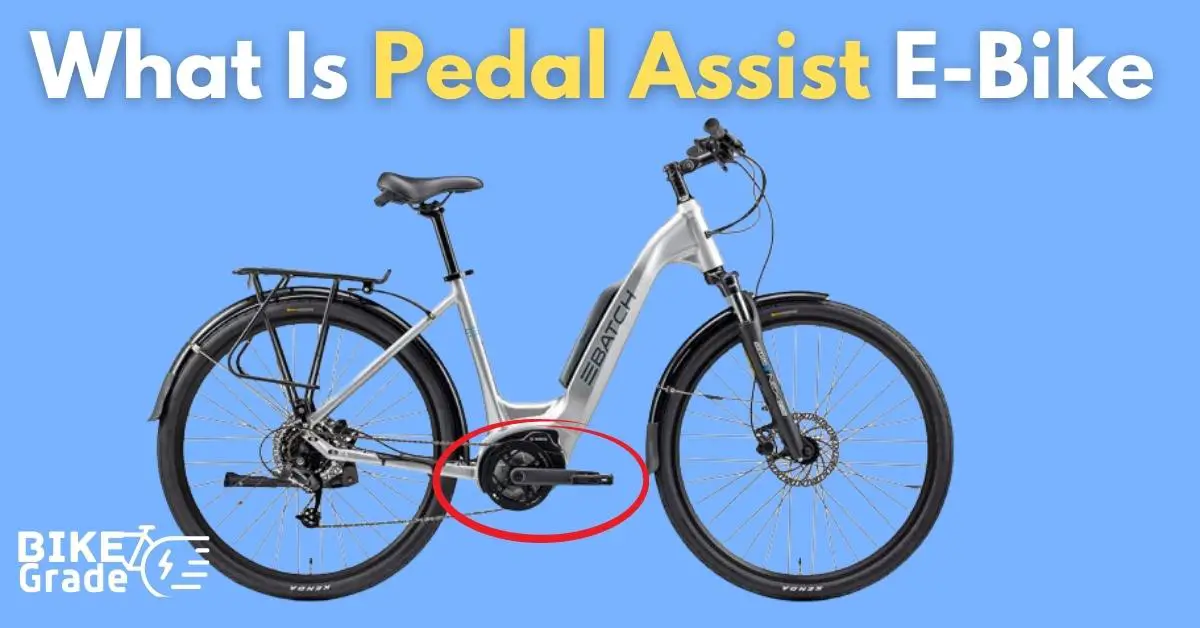
What Is A Pedal Assist E-Bike?
Pedal assist is a built-in mode in the electric bike where the pedals are connected through the motor via a sensor. The purpose of pedal-assisted e-bikes is to make pedaling easier and faster for the riders.
When the rider starts pedaling the bike, the sensor activates the motor which provides a certain amount of power supply. Depending on the speed and pressure on the pedals, this power is adjusted and moves the bike forward. This allows the bike to move smoothly on the road by relying on both the motor and pedals.
How Does A Pedal Assist E-Bike Work?
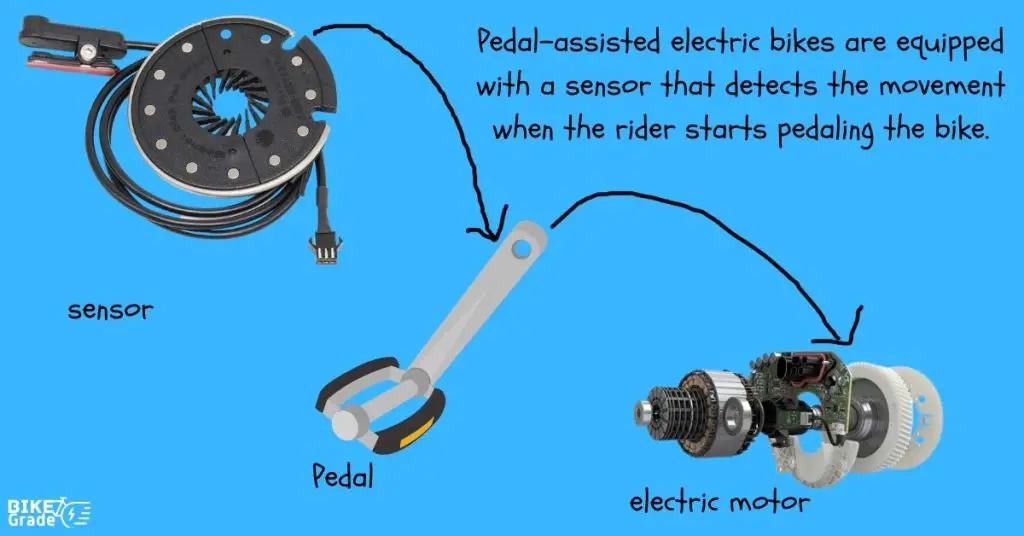
Pedal-assisted electric bikes are equipped with a sensor that detects the movement when the rider starts pedaling the bike. The signal from the sensor is transferred to the electric motor of the e-bike which then powers the bike. The amount of power supplied by the motor is based on the pedal assist level you choose.
A higher level of pedal-assist will cause the electric motor to supply more power, making the pedaling easier and effortless for the rider. On the other hand, switching for a low pedal assist level will supply less power and require more force or effort from the rider.
Types of Pedal Assist E-Bikes
Pedal assisted electric bikes are usually available in two types: Torque and Cadence pedal assist.
While both of these sensors serve the same purpose in pedal-assist electric bikes, there are quite a few differences. Here we will take a look at these two types of pedal-assist e-bikes and which one is better than the other.
Torque vs. Cadence Pedal Assist
Let’s dive deeper into both of them.
Cadence Pedal Assist Sensor
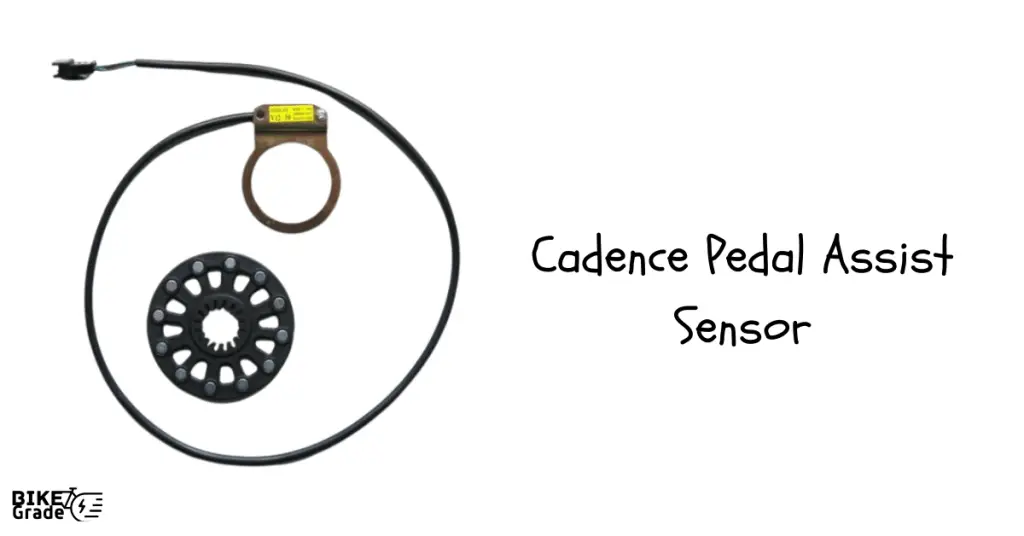
The work of the Cadence sensor is to detect when the rider starts pedaling the electric bike and turn the motor on to supply the required power. Cadence sensors are equipped with magnets and a sensor.
When the rider begins to pedal, the magnet moves by the sensor which then sends a signal to the bike’s controller. The controller passes the signal to the motor and turns the motor on. However, the newer versions of the Cadence sensor have the ability to detect both the pedaling and the effort put into it.
This allows the electric motor to receive an advanced signal which helps to adjust the pedal assistance provided by the motor properly. For example, the motor will supply more power if the rider is pedaling slowly. On the other hand, the power supply from the motor will reduce if the sensor detects fast or hard pedaling.
Torque Pedal Assist Sensor
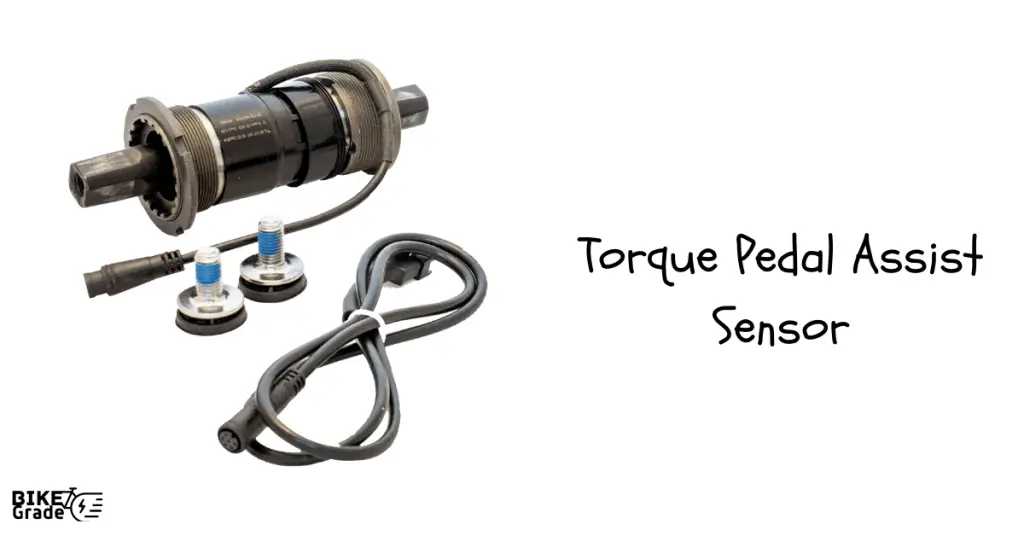
The Torque pedal assist sensor also serves a similar purpose to the Cadence sensor. The Torque sensor detects the pedaling on the bike and immediately sends a signal to the controller which then activates the motor.
When it comes to using the Torque sensor, the electric motor provides power depending on the effort the rider puts in pedaling. This means that the motor will provide more power if the rider pedals the e-bike harder and the power will decrease if the pressure on the pedals decreases.
Which Is Better?
When it comes to choosing between the Cadence Vs Torque sensor, the decision depends on the preference of the rider. With slow pedaling, the Cadence sensor provides more power, whereas the Torque sensor reduces the power from the motor when the pedaling is slow.
On the other hand, the Torque sensor is more expensive in comparison to Cadence. But the performance of the Torque sensor is much more efficient compared to the Cadence sensor.
What Is A Throttle?
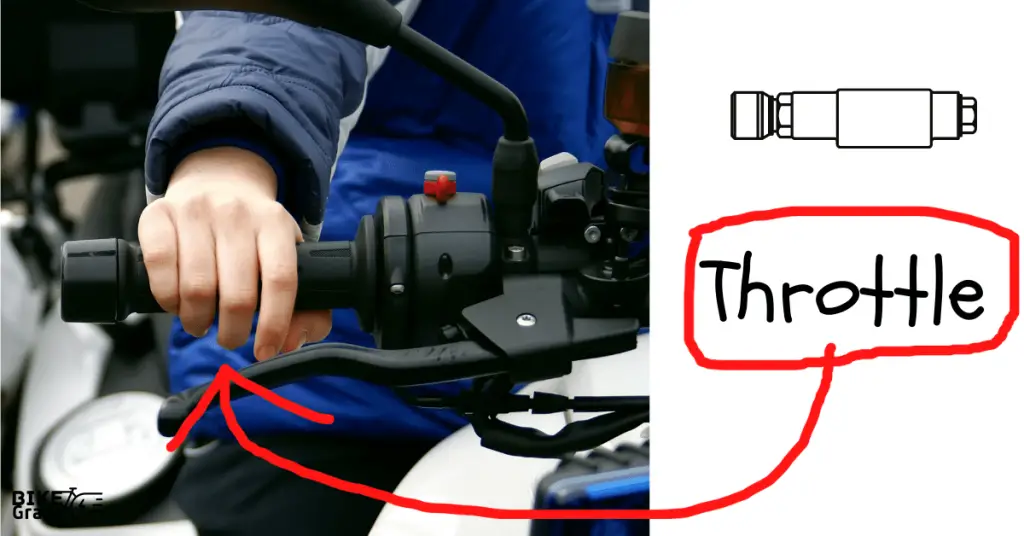
Simply throttle is motor power mode. When you activate throttle mode, the motor will automatically move the bike forward without requiring any sort of pedal assistance.
Pedal Assist Vs Throttle
| Pedal Assist | Throttle |
| In pedal-assist mode, the rider will have to rotate the pedals and put effort in order to engage the motor and start the power supply. The amount of motor power supplied also depends on the pedaling speed. | With throttles, you do not have to pedal the electric bike. When you turn the throttle on, it signals the motor to power the e-bike forward. You can adjust the power of the motor by the throttle settings. |
How To Ride A Pedal Assist Bike?
It’s not rocket science to ride an electric bike with pedal-assist mode. Follow these simple steps on your first ride.
- Get on the electric bike and power on the assist mode.
- Once you power up the assist mode, the assistance level will automatically set to 1. Depending on the ebike brands, you can set the assistance level up to 5.
- Start rotating the pedals. This will send the signal to the electric motor with the help of the sensor and push the e-bike forward.
- Make sure that you do not stop pedaling as this will turn the motor off.
The Benefits of Using a Pedal Assist E-Bike
Pedal-assist e-bikes come with a wide range of benefits. Let us take a look at some of the top benefits of using a pedal-assist e-bike.
The Risks Involved With Using A Pedal Assist E-Bike
Pedal assisted electric bikes are quite safe for use. However, there are a few risks involved with the pedal-assist e-bikes that require attention. Here is the list of the risks involved with using a pedal-assist electric bike.
What Is The Best Pedal Assist Bike?
There are hundreds of pedal-assist e-bikes available in the market. However, not all of them are worth the money or effort. Let us take a look at some of the best pedal-assist bikes.
| Bike Name | Class | Motor | Mileage | Frame |
| Ride1Up Prodigy ST | 3 | 750W | 30-50 miles | Aluminum alloy |
| Aventon Level | 3 | 750W | 40 miles | Aluminum alloy |
| State ebike commuter | 1 | 250 W | 18-24 miles | Aluminum alloy |
| Propella 9S Pro | 3 | 350W | 25-45 miles | Aluminum alloy |
| RadRover 6 Plus | 1 | 750W | 45+ miles | Aluminum alloy |
Conclusion
Pedal-assist mode is not only an excellent way of commuting, but it is also safer compared to the throttle mode. It also helps your battery to provide more mileage.
I hope you now have a clear idea of what a pedal-assist e-bike is and how it actually functions.
Before you ride your first pedal-assist electric bike, make sure to wear all the protective gears.

